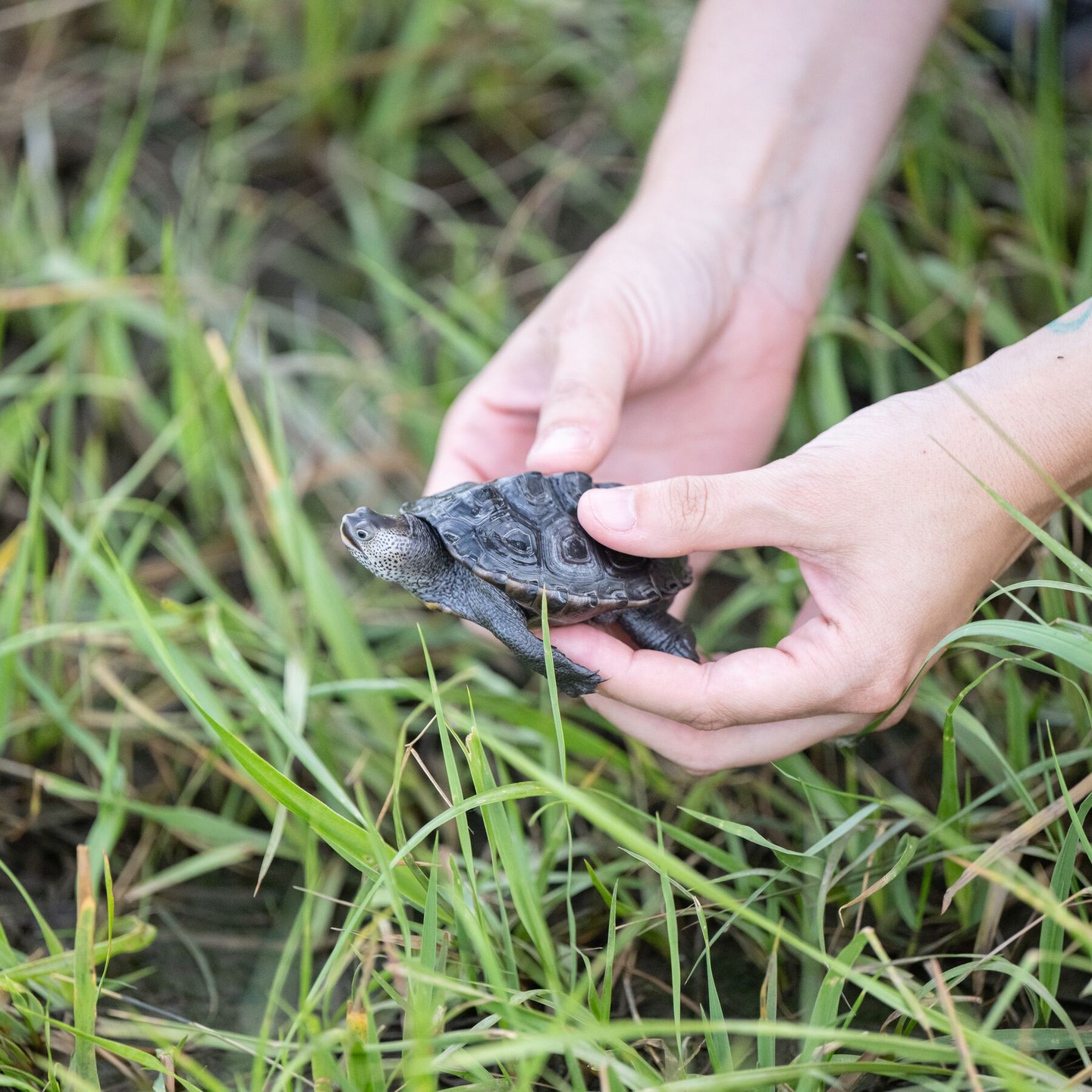- Understanding Maryland Day and its significance in celebrating the state’s rich diversity.
- Engaging in the City Nature Challenge as a method to directly contribute to wildlife conservation efforts.
- Exploring the use of technology like the iNaturalist app to identify and document local biodiversity.
- Participating in global citizen science initiatives through local efforts.
- Examining the broader impacts of community involvement in scientific research and conservation.
Maryland Day is a momentous occasion that underscores the diversity and heritage that define the state. This day provides residents and visitors with an opportunity to celebrate the various cultural and natural wonders that Maryland has to offer. Nestled on the Eastern Shore of the United States, Maryland boasts an impressive array of environments, from its Atlantic coasts to forested mountains and urban landscapes. This diversity is at the heart of the celebrations, as it highlights the state’s immense natural and cultural wealth.
For those looking to deepen their connection with Maryland’s ecological richness, participating in the City Nature Challenge offers an ideal platform. This exciting global event encourages people from all over the world, including Maryland, to observe and document the biological diversity around them. Launched on April 25, the Challenge invites thousands of citizen scientists to capture vital data that contributes to global research efforts.
Essentially, the City Nature Challenge is a citizen-science initiative that demands nothing more than curiosity and a device with a camera, such as a smartphone. Here, participation in the Challenge takes a practical form. Individuals venture into their backyards, local parks, or any natural spaces to photograph flora and fauna. These images are then uploaded to the iNaturalist app, where experts and enthusiasts across the globe can identify and discuss the species depicted. This process not only enhances personal learning but also aids scientific research by expanding the database on biodiversity.
The rise of technology in wildlife conservation is an undeniable game-changer. Apps like iNaturalist have revolutionized how we engage with nature. They enable everyday citizens to partake in scientific data collection, an activity once reserved solely for trained scientists. By uploading a few photographs, participants help build a reservoir of information that experts rely on for conservation efforts. This vast collection of data is invaluable for understanding species distributions and biodiversity health, particularly in areas like Maryland, where diverse habitats support a rich variety of life.
The Challenge also involves a friendly competition among cities worldwide. Participants not only aim to document the most species but also to engage their communities in nature exploration. Through these efforts, they raise awareness about the importance of biodiversity and foster a sense of local and global stewardship. Citizens learn not just about their local environment but also gain insights into global biodiversity patterns. Such initiatives go a long way in educating people about the interconnectedness of ecosystems.
Community engagement in such scientific initiatives yields numerous benefits. Volunteers gain knowledge and skills in observation and identification, enriching their understanding of biological diversity. Additionally, data collected supports conservation policies and actions by providing robust evidence of ecological health in different regions. When communities become more involved in science, they push local governments and organizations to prioritize conservation, indirectly influencing policy and resource allocation.
Moreover, challenges such as these encourage people to spend more time in nature, which has been shown to improve both mental and physical well-being. Spending time outdoors, in diverse habitats ranging from urban parks to coastal edges, allows for a heightened appreciation of the natural world and raises awareness about the importance of preserving these spaces for future generations.
As we celebrate Maryland Day, the emphasis is on fostering a deeper connection with the state’s incredible diversity. Participation in the City Nature Challenge exemplifies this goal, enabling residents to engage meaningfully with their environment. By contributing to this global citizen science project, individuals collectively enhance the understanding and conservation of the planet’s rich biological tapestry.
This commitment to conservation is vital. Continued participation in events like the City Nature Challenge not only enriches individual experiences but also contributes substantially to scientific research. As more people engage with these activities, we can hope for a sustainable future where biodiversity is treasured and protected across Maryland and beyond. Embrace the challenge this April, and discover the rich, diverse life right in your backyard while playing a part in a sustainable global movement.
*****
Source Description
How can you celebrate Maryland Day and enjoy our state’s incredible diversity? Sign up for City Nature Challenge! 🌸
The challenge kicks off on April 25, rallying thousands of citizen scientists to capture essential data for research. What does volunteering for City Nature Challenge look like?
➡️ Using your phone or a camera to capture plants and animals around you
➡️ Uploading images to the iNaturalist app, where experts can identify animal and plant species
➡️ Participating in a friendly competition with other cities around the globe
Learn more at the link in our bio!


